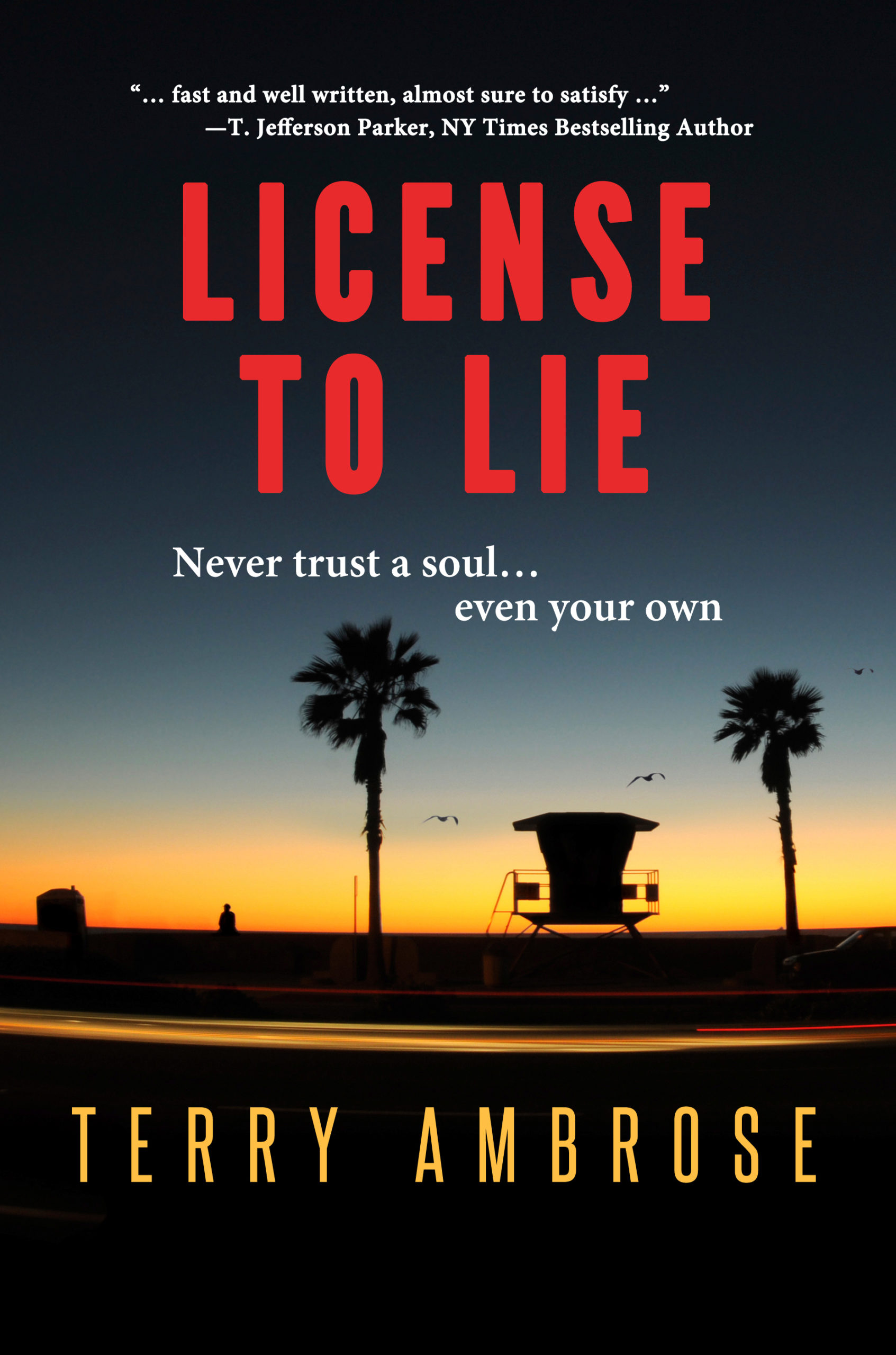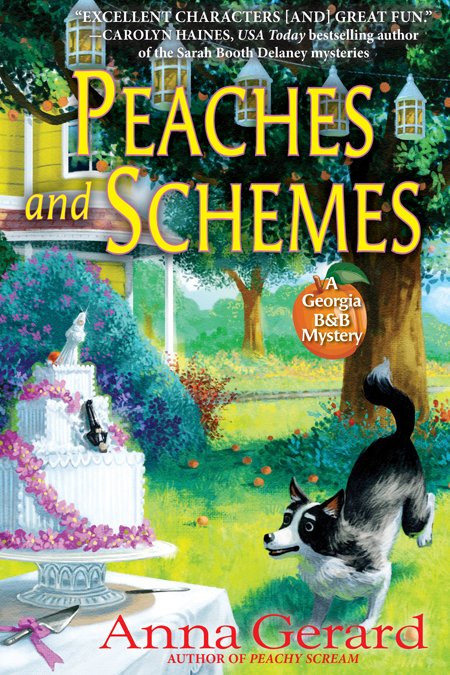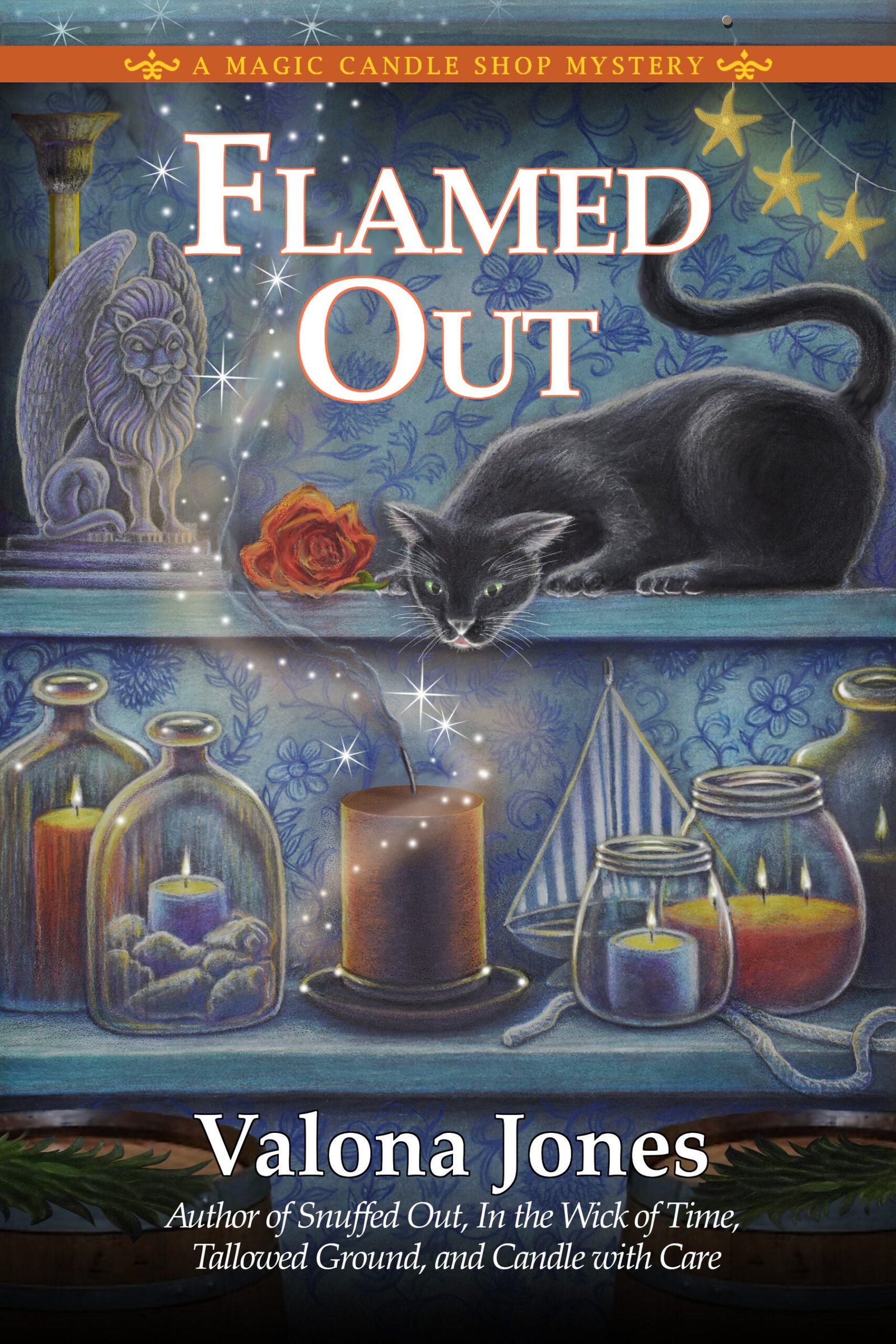A Month of Discovery, Wonder, and Reality Checks

We just returned from an epic month-long road trip that stretched from San Diego all the way up to Astoria, Oregon—and back again. What started as a dream adventure quickly became a masterclass in both the breathtaking beauty of the Pacific Coast and the harsh realities of extended travel.
Talk About Plans Changing
In License to Lie, con artist Roxy Tanner is about to walk away with $5 million when everything changes. Now, she’s forced to work with a determined criminologist, but with $5 million and their lives on the line, can they learn to trust each other? Or, themselves?
Click to learn more on Terry’s website.

The journey was a rollercoaster of emotions: sometimes grueling, sometimes absolutely exhilarating. When we found ourselves constantly moving for several consecutive days, the relentless pack-up-and-move routine began wearing us down. This was especially challenging for my wife Kathy, who was recently diagnosed with Chronic Fatigue Syndrome. While we’d carefully planned rest days into our itinerary, we never anticipated just how crucial—and honestly, lifesaving—those breaks would become.
The Spectacular Standout
Burney Falls claimed the crown as our most spectacular discovery. Dubbed “the 8th wonder of the world,” this cascading masterpiece lived up to every bit of hype. The thundering water plunging 129 feet into emerald pools below is simply mesmerizing—definitely worth the detour.
The Reality Check
Our biggest disappointment? The much-anticipated drive along the Columbia River Gorge from Astoria to The Dalles. Despite its reputation, the route ventures frustratingly far inland, offering minimal gorge views. That said, driving through endless miles of dense Pacific Northwest forest isn’t exactly rough duty—it was still a spectacular journey, just not what we expected.

Hidden Gems and Charming Towns
For old-town charm, Bandon and Klamath Falls in Oregon both delivered with their beautifully preserved historic districts that practically beg you to slow down and explore. But our hearts were stolen by Mount Shasta—a town clearly in transition from sleepy small-town America to bustling tourist destination. Walking the main street, you can see the beginnings of a transformation.
The Takeaway
This trip reminded us that the best adventures aren’t just about the destinations—they’re about adapting to challenges, discovering unexpected treasures, and learning when to rest. Sometimes the most memorable moments come from simply accepting that plans change, bodies have limits, and that’s perfectly okay.
What’s your most memorable vacation discovery? Share your stories in the comments below.
While you’re here, click over to our contest page where two cozy mysteries are up for grabs. This contest runs through November 22. CONTEST LINK
Want to know more about our author Terry Ambrose? Visit his WEBSITE.







My husband and I also just returned from a long vacation. We discovered that we need more flexibility to safely travel the corridors in trains and cruise ships to avoid being slammed against the walls! We looking into either yoga or tai chi. Glad you’re back home.
Thanks, Cheryl. Yay for yoga! It’s a great way to improve balance and flexibility, both necessary for those corridors!
Terry, kudos to you and Kathy for taking on such a challenge. A month is a long time. I’m usually ready to head home from a destination after four or five days! However, the one place I was reluctant to leave was Florence, Italy, only departing when I did because the next day was a major saint day and everything–and I mean EVERYTHING–was going to close down.
There’s something comforting knowing that there are still places that subscribe to those old traditions. It would, however, be pretty darned inconvenient for a tourist!
It is so nice to be able to experience the wonders of travel. I tend to focus on what has to be done to get anywhere, and it feels like moving mountains. I applaud you and Kathy for stepping out and getting it done safely!
That’s one reason we like road trips, Maggie, the mountains seem smaller!
Glad you had a good time – a month is a long time to be gone! Isn’t Burney falls wonderful? We live in Redding (about 45 min. away) and go there quite often. Mt. Shasta city is also great, but it is getting very “touristy”
Your memories will last a lifetime. The rule about travel I’ve leaned is to be flexible and consider it as part of the experience
.